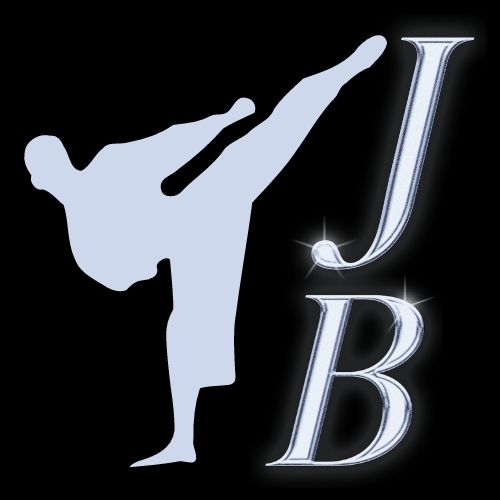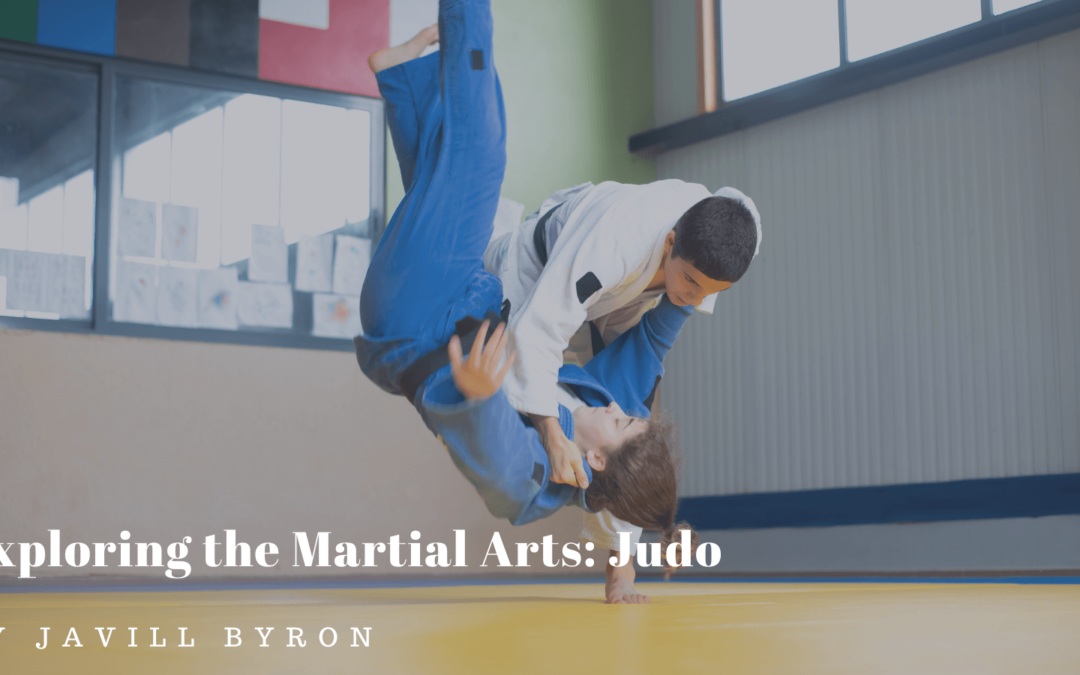In Japan, a form of martial art known as judo was created in 1882, and it has since become an Olympic sport. This discipline combines elements of mental discipline and close combat.
The origins of jujutsu, which greatly influences judo, can be traced back to sumo. According to the records of ancient Japan, the sport has a long history. In 712, for instance, it is mentioned in the Japanese history book, the Kojiki, which provides a historical overview of the country from the time of the gods until the time when Empress Suiko ruled from 544 to 634.
Judo’s Objective
The goal of the sport is to get an ippon, which is a one-point victory, by throwing an opponent to the ground. It can also be done through various techniques such as chokes and armlocks. To beat an opponent, a person must score as many points as possible through throws, holds, and chokes.
Basic Judo Techniques
Athletes use the technique known as Nage-Waza to throw their opponents to the ground. It can be performed in three steps: the balancing act, the turning and fitting into the throw, and the execution of the throw. There are two types of Nage-Waza techniques used by athletes. One is the Tachi-waza, which involves the athlete maintaining an upright stance while throwing. The other is the Sutemi-waza, which involves the athlete sacrificing his position on the ground. These two techniques are divided into three categories: the Te-waza, the Koshi-waza, and the Ashi-waza.
The Katame-Waza technique is used to force an opponent to the ground or pin them. Athletes’ different types of Nage-Waza techniques are divided into three categories. The first is the Osaekomi-waza, which involves an athlete trying to hold his or her opponent on the ground. The second is the Shime-waza, which involves an athlete trying to choke or strangle his or her opponent. The third is the Kansetsu-waza, which involves applying pressure to the opponent’s joint.
Although striking techniques are not allowed in competitive matches, it can be taught by instructors within a form known as kata. During an atemi-waza, a participant aims to strike his opponent with a strike to the body.
Judo at the Olympics
The 1964 Tokyo Olympics marked the first time that the event was held at the Olympics. Only men’s tournaments were allowed to be held, and only Japanese competitors were able to win the gold. This event highlighted the growing popularity of the sport outside Japan. In 1988, a demonstration event for women’s judo was held at the Seoul Olympics. It was eventually added to the official program of the 1992 Barcelona Olympics.
As of 2021, over 200 countries and regions are members of the International Judo Federation. Europe is known to be a hotbed for the sport, with many more people practicing in France than in Japan. Japan is also known to promote the sport in other regions by sending instructors to places such as Africa and Oceania.

